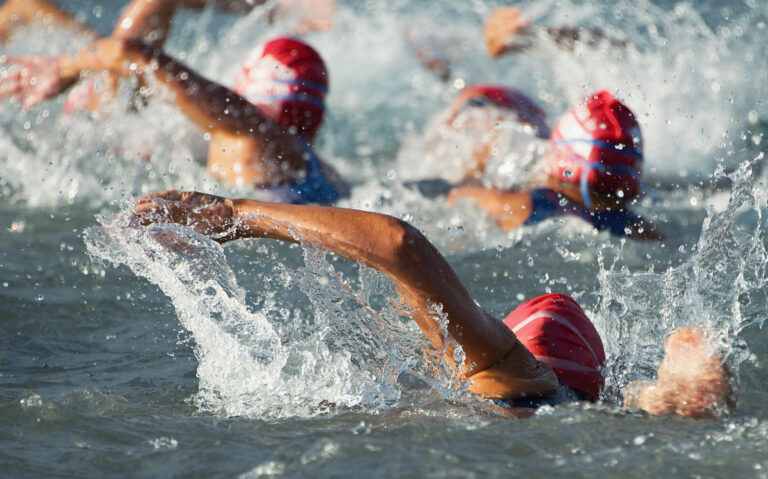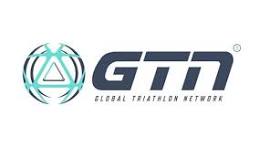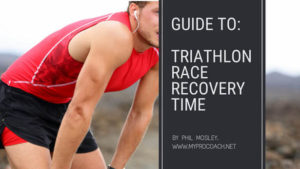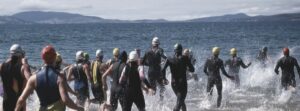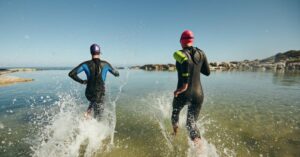How to Get Prepared for an IRONMAN 70.3 Triathlon Swim
Swimming is often seen as the most difficult part of a triathlon, but with the right preparation, it can be a breeze.
A half-distance triathlon (such as Half IRONMAN 70.3) is one of the most popular distance triathlon events in the world. The race consists of a 1.2-mile (1.9-kilometer) swim, a 56-mile (90-kilometer) bike ride, and a 13.1-mile (21.1-kilometer) run. If you’re new to the sport of triathlon or are considering signing up for your first one, here are some tips on how to prepare for the swim portion of the race.
Tip 1. Get Some Poolside Coaching
If you’re relatively new to swimming, the first thing to do is sign up for some adult improver swim lessons. Most public swimming pools offer these. Remember that swimming is 50% technique and 50% fitness, so it makes sense to start working on the technique part from the outset.
If you already have some experience as a swimmer, you might consider joining a Masters swim group or a triathlon club. This gives you the option of coached swim sessions, open to adults of all levels, from beginner to advanced. Swimming with a group is not only motivating, but it will also help you improve your technique and become a stronger swimmer. Additionally, your poolside coach will be able to give you specific tips and workouts to help you prepare for an IRONMAN 70.3 swim.
Tip 2. Incorporate Base Building Sets Into Your Workouts
Base-building sets are long, slow-distance swimming that helps build endurance and cardiovascular strength. These workouts should make up most of your training volume as you prepare for an IRONMAN 70.3 race swim. Your goal is to get fit enough so you can swim 1900m non-stop on race day without feeling too tired afterwards. But don’t feel you need to plod up and down aimlessly. It’s always better to follow a pre-planned session, rather than making it up as you go. And if you need some swim sessions to follow, I have plenty of free and paid triathlon plans that you’re welcome to try, all with structured swim workouts. And then, as your endurance level increases, it’s important to add in some speed work to boost your fitness and keep you motivated.
Tip 3. Get Some Swim Toys
Swim technique aids like pull buoys, kick floats, fins, hand paddles, and snorkels are all great ways of breaking up the monotony of long solo swim sessions. They’re designed to make swimming feel easier so that it’s easier to focus on different aspects of your technique. For example, pull buoys help your legs float and don’t require you to kick. Whereas hand paddles help you grab hold of the water better, so you can propel yourself along faster. I have a bag full of swim toys, and I really appreciate using them when I’m tired or bored. Not only do they keep things interesting, but they can really help improve your technique.
Tip 4. Get Videoed
Consider asking someone to video you swimming every few months. This could be a coach or just a friend. Either way, you might be surprised at what you see on screen, because what you’re doing versus what you perceive you’re doing can often be very different.
Getting this done is not as hard as it sounds. It may just be a case of fitting a waterproof phone cover and then asking a friend to help. Ideally, you’ll want some underwater footage from the front and side. But failing that, footage from above the water is useful, too.
Send your video to a coach for analysis and feedback if you can. If that’s not an option, watch it yourself, and then compare it to underwater footage of professional swimmers and see what you can learn. Sure, there might be a big difference at first, but doing this regularly will help you visualize your technique and think about ways to improve it.
